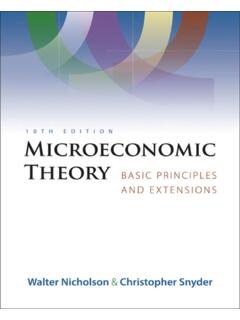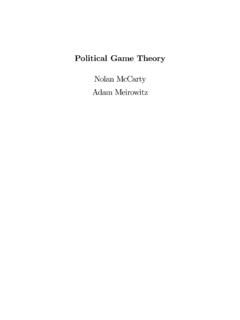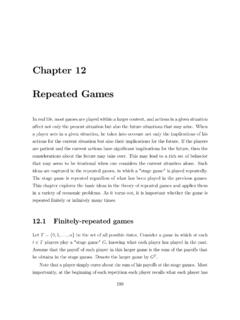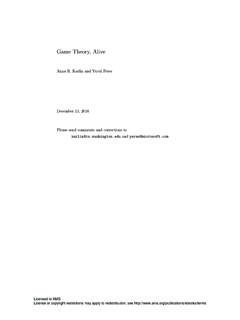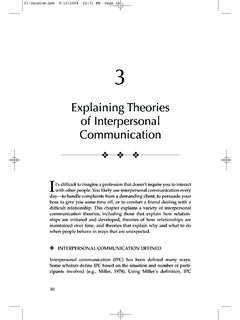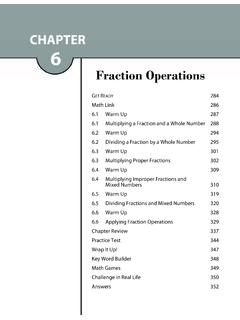Chapter 12 Repeated Games
Found 8 free book(s)Microeconomic Theory: Basic Principles and Extensions
edisciplinas.usp.brRepeated Games 259 Incomplete Information 268 Simultaneous Bayesian Games 268 Signaling Games 273 Experimental Games 281 Evolutionary Games and Learning 282 Summary 283 ... CHAPTER 12 The Partial Equilibrium Competitive Model 391 Market Demand 391 Timing of the Supply Response 395 Pricing in the Very Short Run 395
Political Game Theory - Princeton University
www.princeton.eduChapter 9. Repeated Games 199 1. The Repeated Prisoner’s Dilemma 200 2. The Grim Trigger Equilibrium 202 3. Tit-for-Tat Strategies 203 4. Intermediate Punishment Strategies 204 5. The Folk Theorem* 206 6. Application: Interethnic Cooperation 208 7. Application: Trade Wars 213 8. …
A Course in Game Theory - Jun Zhang's Website
zhangjun.weebly.com8 Repeated Games133 8.1 The Basic Idea133 8.2 In nitely Repeated Games vs. Finitely Repeated Games134 8.3 In nitely Repeated Games: De nitions136 8.4 Strategies as Machines140 8.5 Trigger Strategies: Nash Folk Theorems143 8.6 Punishing for a Limited Length of Time: A Perfect Folk Theorem for the Limit of Means Criterion146
Chapter 12 Repeated Games - MIT OpenCourseWare
ocw.mit.eduChapter 12. Repeated Games. In real life, most games are played within a larger context, and actions in a given situation affect not only the present situation but also the future situations that may arise. When a player acts in a given situation, he …
Game Theory, Alive - University of Washington
homes.cs.washington.eduChapter 12. Cooperative games 204 12.1. Transferable utility games 204 12.2. The core 205 12.3. The Shapley value 206 12.3.1. Shapley’s axioms 206 12.3.2. Shapley’s Theorem 208 12.3.3. Additional examples 209 12.4. Nash bargaining 210 Notes 213 Exercises 215 Chapter 13. Social choice and voting 216 13.1. Voting and ranking mechanisms 216 13 ...
Explaining Theories of Interpersonal Communication
www.sagepub.compresent four theories in this chapter that are critical to current under-standings of interpersonal communication and the relationships that develop from these communications. First, the systems perspective takes an interactional view of relationship maintenance by focusing on repeated and interdependent dealings. The second theory, politeness
Chapter 07 - Evaluating recommender systems
www.math.uci.eduA catalog of 1,000 games was offered A five‐point ratings scale ranging from ‐2 to +2 was used to rate items –Due to the low number of explicit ratings, a click on the “details” link for a game was interpreted as an implicit “0” rating and a purchase as a “1” rating
Fraction Operations - Mr. Mubashir
waqasmubashir.weebly.comUse repeated addition on the number line to show 8 × 3 4. 6 04 123 5 The answer is . So, 8 × 3 4 = . An ant has legs. Jenelle is making a recipe that needs 6 cups of flour. She wants to make 2 3 of the recipe. How many cups will she need to use? Write a multiplication statement: 6 × Model the multiplication on the number line.
